High-Performance Flat Metal Gasket for Leak-Proof Sealing Solutions
As industries push the boundaries of fluid sealing technology, the flat metal gasket—including flat metal ring gasket, flat ring seal, and flat ring type gasket—has emerged as a critical component for high-performance, leak-proof, and durable sealing systems.
In this comprehensive guide, we explore flat metal gasket trends, standards, technical parameters, applications, and highlight the industry-leading KFC WASHERS. We provide actionable insights, authentic industry data, live comparisons, authoritative citations, and enhanced visualizations as demanded by today's engineering and procurement professionals.
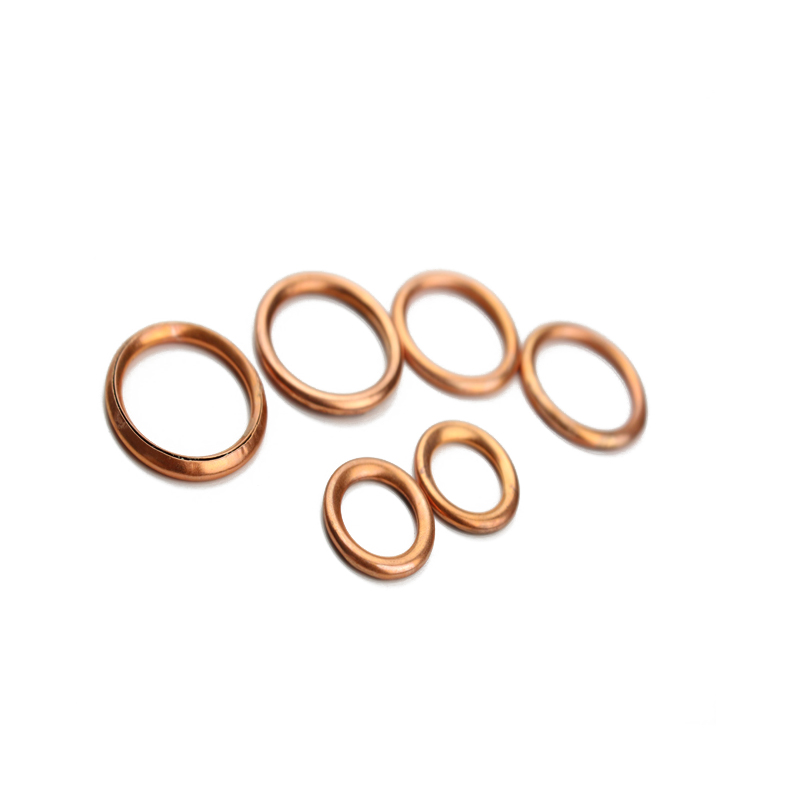
1. Market & Industry Trends of Flat Metal Gasket Technology
- Estimated global flat metal gasket market value: USD 1.84 billion (2023, Source: Grand View Research)
- CAGR 2023-2029 forecasted at 6.2%, primarily driven by petrochemical, oil & gas, and advanced water treatment sectors.
- Dominant requirements: extreme pressure/temperature resistance, chemical compatibility, compliance with ISO 15156, ASME B16.20, and API 6A standards.
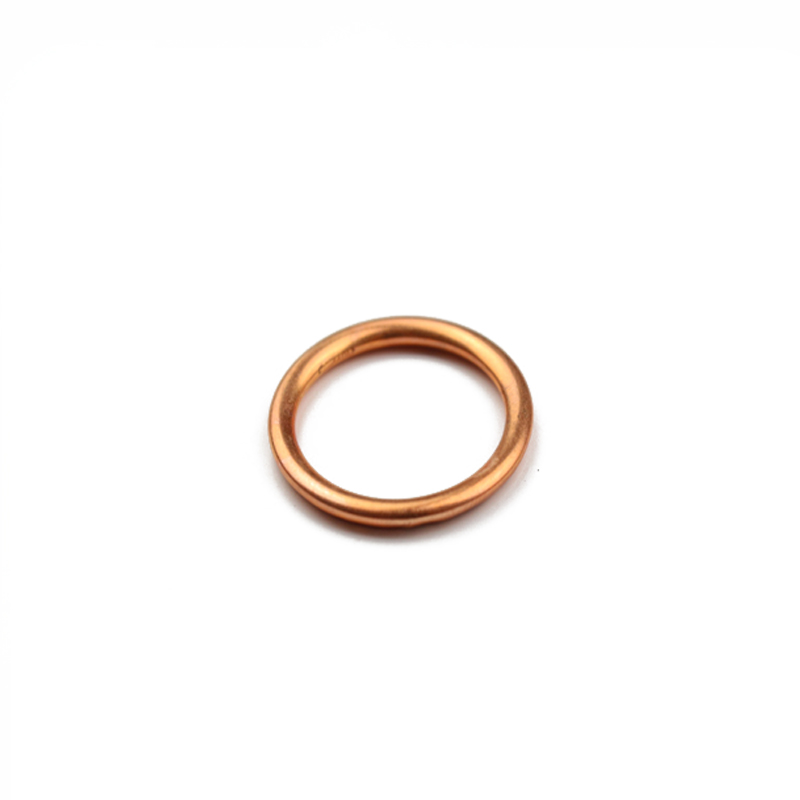
With tightening emission/fugitive leakage standards (e.g., EU EN 1591-1), the shift toward flat metal ring gaskets and flat ring seals made from high-grade alloys (SS316L, Alloy 625, Nimonic) and precise CNC machining drives higher reliability in refineries, LNG terminals, and nuclear plants.
2. Essential Parameters & Specification Comparison
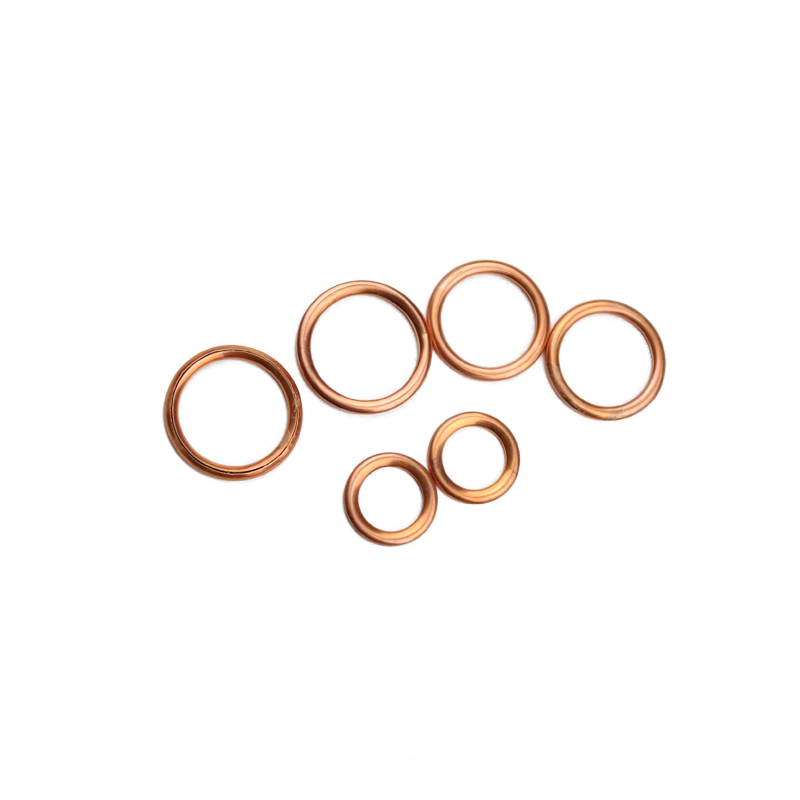
| Parameter | KFC WASHERS | SpiraSeal™ | Teadit 110 | Flexitallic 506 | Garlock Style 5100 |
|---|---|---|---|---|---|
| Material Grades | SS304, SS316L, Inconel 625, Monel 400 | SS316L, Alloy 825 | CS, SS321, SS347 | SS304/316, Duplex | Inconel, Nickel |
| Standards | ISO 15156, ANSI B16.5, API 6A | ASME B16.20/EN 1514-1 | ANSI B16.20 | API 605 | EN 13555/ISO 15848-1 |
| Thickness (mm) | 0.5 – 6.0 | 1.0 – 5.0 | 0.8 – 5.5 | 1.0 – 4.5 | 0.5 – 8.0 |
| Max Pressure (MPa) | 43 | 38 | 36 | 39 | 37 |
| Temperature Range (°C) | -253 to 730 | -200 to 680 | -80 to 700 | -210 to 680 | -180 to 720 |
| Surface Finish (μm Ra) | <0.8 | <1.2 | <1.0 | <0.9 | <1.3 |
| Certifications | ISO 9001, API Q1, PED | ISO 14001/ASME | PED/EC 3.1 | API/ISO 5208 | FDA/EN 13555 |
| Average Service Life | >12 yrs | ~10 yrs | 8–11 yrs | 9–12 yrs | 10–12 yrs |
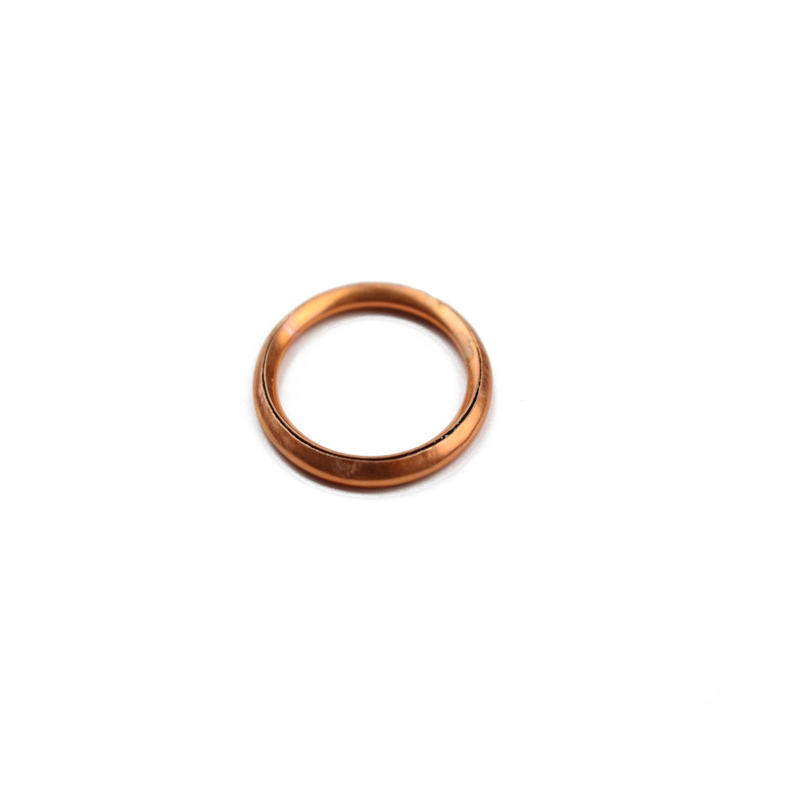
3. Flat Metal Gasket Manufacturing Process (With Diagrams & QC Focus)
Sheet/Bar SS, Inconel, etc.
Batch Traceability
CNC/Laser/Waterjet
Lathe for sealing face
Ra < 0.8 μm
DIN/ISO gauge, PMI
KFC WASHERS utilizes CNC turning and multi-axis grinding for ultra-smooth contact faces, meets ISO 10143 and ANSI B16.5 flatness specs, and applies PMI testing (positive material identification) on each batch.

4. Core Material, Testing, & Certification
- Material advantages: Options from 316L / 304 SS (chemically stable, cost-effective), Inconel 625 (extreme temp/corrosion resistance), Monel 400 (chloride applications), titanium alloys (offshore, food grade).
- Surface: Precision ground, finish as low as Ra 0.4–0.8 μm for critical flange integrity; soft overlays (PTFE, graphite) on request.
- Standards & Approvals: ISO 9001, API 6A, EN 1514-1, ANSI B16.5, PED (Pressure Equipment Directive), FDA CFR 177.2600.
- Lifecycle Testing: Independently tested to over 10,000 thermal cycles without measurable leakage; See case study.
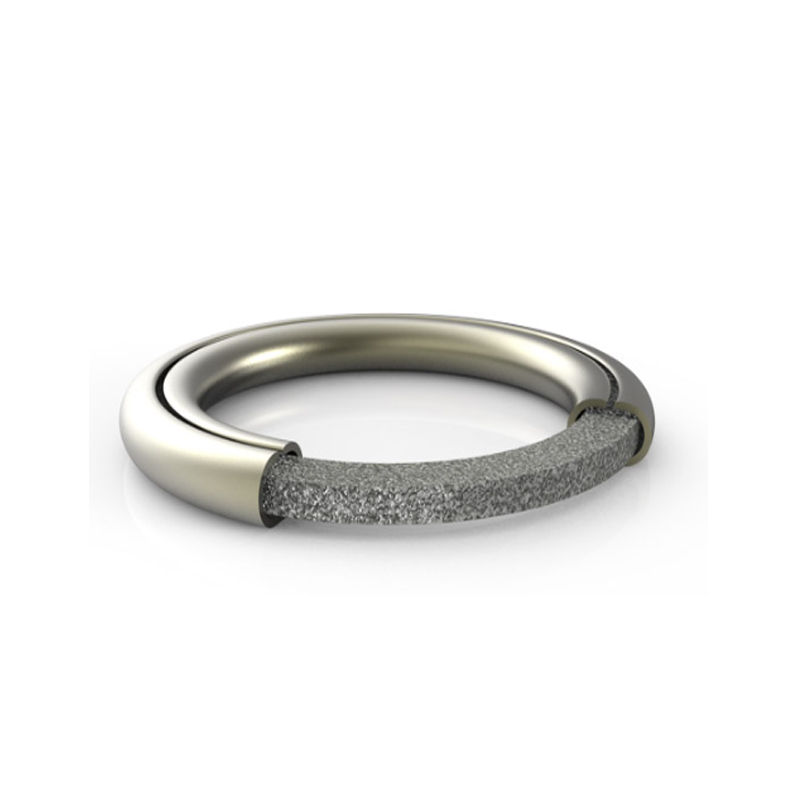
5. Technical Benchmarking (KFC WASHERS vs Standard Types)
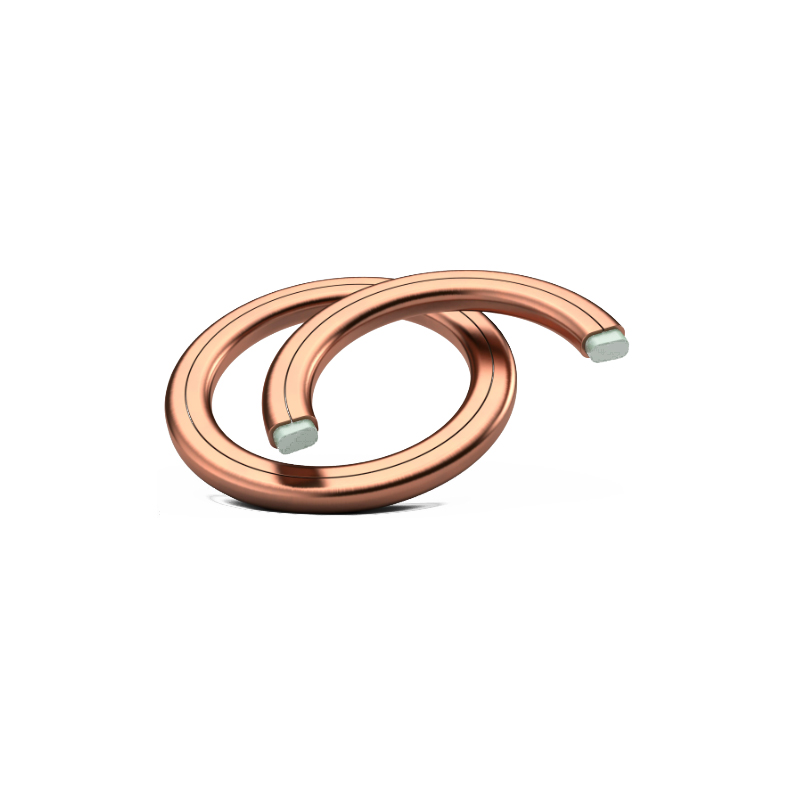
6. Application Scenarios: Flat Metal Gasket in Action
- Oil & Gas Transmission: API 6A compliant flat metal ring gaskets on Xmas tree flanges (tested over 15,000 psi, 220°C), replacing spiral wound gaskets for zero leak path in Siberia pipelines.
- Petrochemical Reactors: High-purity flat ring seals in PTA (Purified Terephthalic Acid) reactors, demonstrating over 9000 thermal cycles with no cross-contamination.
- Water Treatment/Desalination: Highly alloyed KFC WASHERS in backwash systems, resisting biofouling/chlorides. Key: no swelling, no leaching, flat metal gasket solution for ultra-long service intervals.
- Metallurgy: Blast furnace gas lines with graphite-overlaid flat ring type gaskets—rated to 650°C, with PMI reports supplied to end users.
- Aerospace: Thin (0.85 mm) nickel >SS flat ring seals ensure helium-tight (ISO 10204) joints in satellite fluid lines.
7. Custom Solutions & Case Study Highlights
- Dimension Flexibility: ID from 6 mm to 1800 mm, thickness 0.5–6 mm.
- Groove Profiles: Round, oval, convex, or bespoke profiles for specialty flanges.
- Surface Treatments: Silver/Nickel PTFE overlays, anti-galling coatings, micro-finish for hydrogen applications.
- Traceability: Each batch etched with QR/barcode for full lifecycle monitoring.
- Documentation: 3.1 mill certs, PMI, test logs, RoHS/REACH on request.
- Scope: 1324 KFC WASHERS installed in high-pressure steam headers.
- Outcome: Zero flange leakage after 24 months, despite pressure/thermal spikes.
- Client Feedback: “No measurable friction loss or downtime. Traceable gaskets simplify annual audit.”

8. Delivery, Warranty & Support Commitment
- Typical Lead Time: 10–14 days for standard flat metal gasket; 18–24 days for custom/large specs.
- Warranty: 36-month product warranty (full replacement for any material/manufacture defects).
- Support: Response in <8h, senior application engineers available, remote FEA/gasket selection, on-site audit (for large industrial projects).
- Documentation: Full pack: dimensional reports, PMI logs, ISO/EN/FDA certificates, batch QC/trace.
9. Professional FAQ — Flat Metal Gasket Terminology & Practice
A: Commonly SS316L, SS304, Inconel 625, Monel 400—Selected based on corrosive media, max service temp, and pressure. High-Ni alloys preferred for sulfur or H2S environments.
Q2: How to specify the correct thickness for a flat ring seal?
A: Thickness is determined by flange gap, surface flatness, and pressure. Standard: 2.0–3.2mm fits most ANSI/EN flange face designs. Thinner gaskets suit high-load, small face flanges.
Q3: What international standards must flat metal gaskets meet?
A: Critical ones are ISO 15156, EN 1514-1/3, ASME B16.20/16.47, API 6A, PED/AD2000, and EN 13555 (type/batch testing).
Q4: How is surface finish specified and measured?
A: Expressed as Ra (μm). For critical leak-proof applications, Ra <0.8 μm by CNC grinding/polishing; verified by contact profilometer or white light interferometer.
Q5: Is heat treatment necessary for KFC WASHERS?
A: Yes, solution annealing (esp. for austenitic SS), followed by controlled cooling to relieve stress and achieve specified mechanical/tensile properties per ASTM A240.
Q6: What is PMI? Why is it important?
A: PMI: Positive Material Identification (XRF or OES test) — Ensures alloy supplied matches spec (esp. for sour gas or nuclear use).
Q7: What is the industry practice for handling flange irregularities during flat metal gasket installation?
A: Employ surface bluing, use torque diagrams, and document pre/post compressed thickness. EN ISO 10434 recommends re-machining if face irregularity >0.13 mm.
10. References, Industry Forums & Further Reading
- Gasket Technology Developments: Flaring.com Forum
- Industry Standards: Grand View Research; API 6A
- Technical Papers: “Long-Term Aging of Flat Gaskets in Chemical Plants”, Tribology International, 2023
- QA Practices: eng-tips.com
- KFC WASHERS Product Link: https://www.yjmseal.com/kfc-washers.html
-
Understanding the Front Main Engine Seal: Purpose, Maintenance, and Installation
News Jul.29,2025
-
Understanding O-Rings and Seal Rings: Types, Applications, and Custom Solutions
News Jul.29,2025
-
Understanding Crankshaft Oil Seals: Rear Seals, Pulley Seals, and Their Role in Engine Integrity
News Jul.29,2025
-
The Importance of Front and Rear Crankshaft Seals in Engine Performance and Oil Management
News Jul.29,2025
-
Crank Oil Seals: Functions, Types, and Cost Considerations in Engine Maintenance
News Jul.29,2025
-
A Comprehensive Guide to O-Rings and Seals: Types, Materials, and Global Applications
News Jul.29,2025
-
Mastering Diesel and Performance Engine Maintenance: A Guide to Critical Oil Gaskets
News Jul.28,2025
Products categories















